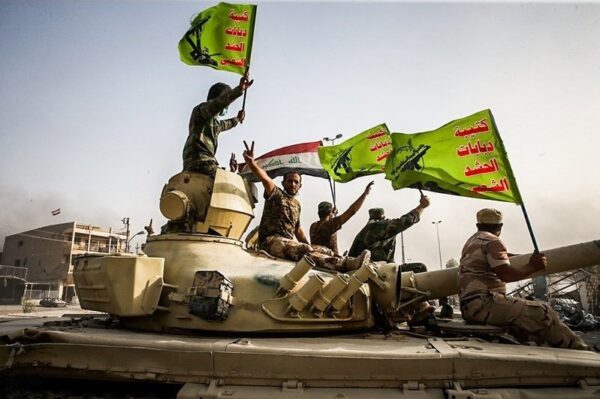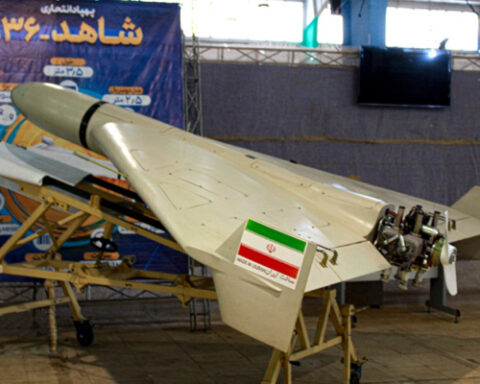Just weeks after devastating U.S. and Israeli strikes crippled Iran’s nuclear infrastructure and took out key military leaders, Tehran is now reportedly quietly launching a broad resupply campaign to rearm its network of terrorist proxies across the Middle East — and the evidence is piling up.
In Yemen, forces aligned with the country’s internationally recognized government this week intercepted a record haul of Iranian weapons en route to Houthi militants.
Meanwhile, new seizures in Syria and Lebanon show Iran is also working to restock Hezbollah and other militia allies with Russian anti-tank missiles, Grad rockets, and components for drones and surface-to-air missile systems.
“Iran is rebuilding its presence in the Levant by sending missiles to Hezbollah and weapons from Iraq to Syria,” said Michael Knights, a senior fellow at the Washington Institute for Near East Policy.
The latest seizure in Yemen, made by the National Resistance Force, revealed an enormous shipment hidden aboard a dhow: 750 tons of cruise missiles, antiship and antiaircraft weapons, drone engines, and targeting systems — all hidden beneath boxes of air conditioners.
According to U.S. Central Command, it was the largest cache of advanced conventional weapons the group has ever intercepted.
Among the intercepted weapons were Qader antiship missiles and parts for Iran’s Saqr air-defense system, which Houthis have used to shoot down U.S. MQ-9 Reaper drones.
Unlike previous Iranian shipments — typically limited to small arms or scattered parts — this cargo included fully assembled, battlefield-ready missiles.
The timing is hardly coincidental. The shipment follows closely on the heels of a cease-fire that ended Israel’s 12-day air campaign against Iran, a military offensive that shattered the myth of Iranian invulnerability and exposed deep cracks in Tehran’s defensive shield. In tandem, U.S. forces struck Iranian nuclear sites and spent nearly two months bombing Houthi positions earlier this year.
“The timing and scale of this shipment strongly suggest Iran is moving quickly to replenish Houthi stockpiles depleted by U.S. airstrikes,” said Mohammed al-Basha, a U.S.-based regional security analyst.
Iran, he warned, is eager to “sustain their high operational tempo targeting Israel and commercial maritime traffic.”
Iran denies any involvement. “Any claim Tehran had sent weapons to Yemen [is] baseless,” said Foreign Ministry spokesman Esmail Baqaei.
Yet the evidence tells a different story. Documents recovered from the Yemeni weapons cache — written in Farsi — included a missile fin with an Iranian manufacturer’s quality certificate and a guide for anti-air missile targeting cameras.
Meanwhile, Iran’s weapons pipeline to Hezbollah is also back in motion.
A cease-fire last year had gutted the terror group’s arsenal, but smugglers are slowly rebuilding its stocks. Syrian authorities, now under a government hostile to Iran, reported seizing Russian Kornet anti-tank missiles disguised as cucumber shipments and air-defense systems headed for Lebanon.
Even with Hezbollah’s networks crippled, the group has managed to smuggle in drones and precision-guided rockets, according to a source familiar with its operations.
Despite denials and diplomatic deflection, the reality is clear: Iran is actively rearming. And with U.S. leadership finally taking a tougher approach, the stakes are higher than ever.
[READ MORE: EU Hits Russia With New Sanctions Package]








